DOES ANYONE LIKE LOUD NOISES?
Loud noise at work can damage people’s hearing and lead to safety risks.
What harm can noise cause?
Hearing harmful noise at work can cause permanent and disabling hearing damage. Hearing loss can be gradual due to exposure to noise over time, but may also be caused by sudden, extremely loud noises. Hearing loss damage is disabling as it can prevent people from comprehending speech, keeping up with conversations or even using the telephone. Hearing loss is not the only problem that may occur. People may develop tinnitus (a ringing, whistling, buzzing or humming in the ears) which is a distressing condition that can result in disturbed sleep. Noise can create safety issues at work interfering with communications and making warnings harder to hear. It can also reduce people’s awareness of their surroundings.
Noise issues can compromise safety – putting people at risk of injury or death.
Health and Safety – Noise at Work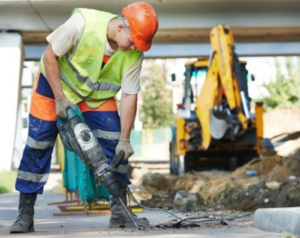
Depending on the level of risk, companies should: take action to reduce noise exposure; and provide employees with personal hearing protection. Other duties under the Regulations include the need to: make sure the legal limits on noise exposure are not exceeded; maintain and ensure the use of equipment in place to control noise risks; provide employees with information, instruction, and training; and carry out health surveillance (monitor workers’ hearing ability). The Regulations apply where work activities expose people at work (your employees or other workers affected by your work activities) to risks to their health and safety from noise.
A company must ask itself,
Is there a noise problem in the workplace? Something must be done about the noise if any of the following conditions apply:
- the noise is intrusive – for example, as noisy as a busy road, a vacuum cleaner or a crowded restaurant – or worse than intrusive, for most of the working day
- employees have to raise their voices to carry out a normal conversation when about 2 m apart for at least part of the day
- employees use noisy powered tools or machinery for more than half an hour each day
- your industry is known to have noisy tasks, e.g. construction, demolition or road repair; woodworking; plastics processing; engineering; textile manufacture; general fabrication; forging or stamping; paper or board making; canning or bottling; foundries; waste and recycling; noises due to impacts (such as hammering, drop forging, pneumatic impact tools etc.), explosive sources such as cartridge-operated tools or detonators, or guns.
Situations, where you will need to consider safety issues in relation to noise, include where you use warning sounds to avoid or alert to dangerous situations; where working practices rely on verbal communications; and where there is work around mobile machinery or traffic.
As an employer you have identified NOISE AT WORK, you should carry out an assessment to decide what action is needed, and develop a HEARING LOSS PREVENTION PLAN.
A risk assessment means more than just taking measurements of noise – measurements may not even be necessary.
A risk assessment should identify where there may be a risk of noise and who is likely to be affected. The assessment should include: identifying any risks to health; any risks to safety; contain an estimate of an employee’s exposure to noise (see ‘Noise exposure levels’); identify what needs to be done to comply with the law. You should determine whether noise-control measures and/or personal hearing protection are needed; or whether working practices are safe, and identify any employees who need to be provided with health surveillance and whether any are at particular risk. You must record the findings of your risk assessment. You must also record the action you have taken, or intend to take, to comply with the law. You should review your risk assessment if circumstances change or if it is no longer valid. For example: if the work changes and this affects workers’ noise exposure, or there are changes to the availability, applicability of noise-control measures, then a review is necessary. You should conduct a review often – never leaving it longer than two years between reviews.
Hearing Protection Devices; dB Blockers™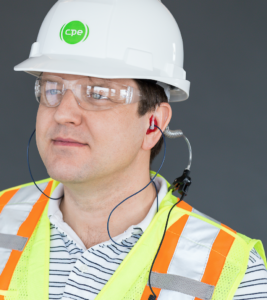
Wherever or whenever there is noise at work, you should be always looking out for better protection against noise such as better hearing protection devices, equipment and/or working methods which would reduce the noise or ensuring people are exposed for shorter periods of time.
The good news is that if you have identified noise is an issue, there are ample product solutions that can fit and reduce your noise problems. Ask about dB Blocker™ personalized hearing protection products. dB Blockers™ are hearing protection products made to fit an individual’s ear exactly, giving the wearer a custom hearing protector (earplug) that can be worn all day long, while receiving “REAL WORLD” (what the wearer actually receives) attenuation.
Take control of the noise, before it controls your workplace!
As an employer, it is vital to your role to keep up with what is good practice or the standard for noise-control within your industry, (e.g. through your regulating bodies, your trade association, or machinery and equipment suppliers). Where your employees are likely to be exposed at or above the upper exposure action values, you must take action to reduce noise exposure with a planned program of noise control. Even where noise exposures are below upper exposure action values, you should take action to reduce the risks and find appropriate hearing protection devices, thereby reducing exposure further. Any action you take should be ‘reasonably practicable’ – in proportion to the level of risk. If exposure is below lower action values, the risk is low and it is likely no action is required; you should continue to practice diligence and consider taking action if there are simple, inexpensive practical steps that would further reduce risk.
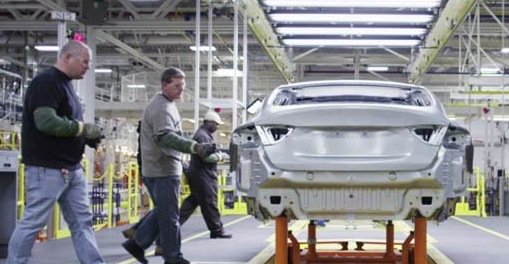

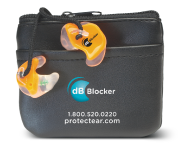

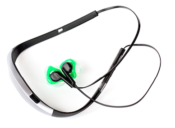

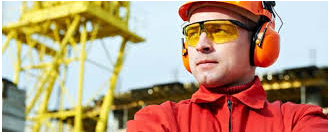

 ducing ambient noise is a concern for some riders. If you plug your ears, how will you hear your bike’s engine or, more importantly, monitor traffic around you? Learn more about hearing protection you can actually hear through…
ducing ambient noise is a concern for some riders. If you plug your ears, how will you hear your bike’s engine or, more importantly, monitor traffic around you? Learn more about hearing protection you can actually hear through… 







 enough to cause immediate damage. Even if the damage isn’t felt immediately, noise damage accumulates over time. So be sure to take along hearing protection; check out
enough to cause immediate damage. Even if the damage isn’t felt immediately, noise damage accumulates over time. So be sure to take along hearing protection; check out 
